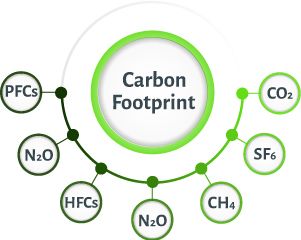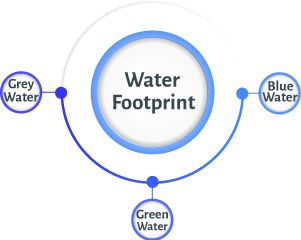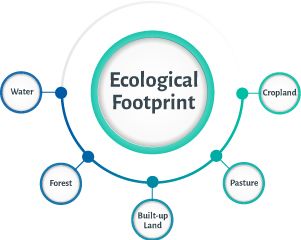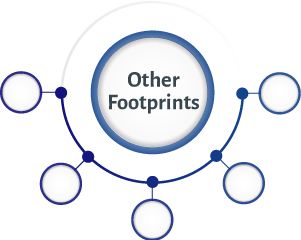Environmental Footprints
-
Environmental_Footprint Internal calculation tool of carbon footprint for wood products
-
Environmental_Footprint Carbon footprint calculation of watches
-
Environmental_Footprint Carbon footprint calculator of the forest sector
-
Environmental_Footprint Carbon footprint calculation of the community of pamplona
-
Environmental_Footprint Environmental impact calculator for railway sector - LIFE HUELLAS
-
Environmental_Footprint GHG emissions Calculation Methodology – Carbon Footprint
What is an Environmental Footprint?

The concept of "footprints" (whether focused on a single category of environmental impact, such as the Carbon Footprint or the Water Footprint, or reflecting several categories as in the Environmental Product or Corporate Footprints) is based on the calculation and communication of the results of a Life Cycle Analysis adapting the scope of this to the reference parameter that is to be reflected with the footprint. That is, doing an LCA and calculating the HA of a product is the same concept, but what is important is the methodological basis followed for this and the terminology used to express it.
The concept of environmental footprint was strengthened in the market when the European Commission began some years ago an initiative to homogenize and unify the different existing methodologies regarding this calculation, developing methods for calculating the "Product Environmental Footprint, PEF and "Organization Environmental Footprint, OEF". Through this method, several categories of environmental impact associated with the product and / or the organization are calculated, with the aim of communicating these and showing the information on the market accessible to all interested parties.
- The Product Environmental Footprint (PEF) covers the same concepts explained in the LCA section.
- The Corporate Environmental Footprint (CEF) calculates the environmental behavior of a company. Starts in the same concept of the LCA but with a special scope, since it measures the environmental impacts associated with the activity of the all company during a representative period (normally one year). For this, the study includes all the activities, facilities, products and services offered by the company, although, depending on the use to be given to it, can focus specifically on any of them. The standard "ISO / TS 14072: 2014" Environmental management - Life cycle assessment - Requirements and guidelines for the evaluation of the organizational life cycle "aims to give credibility and assurance to the calculations and reports of the HAC.










